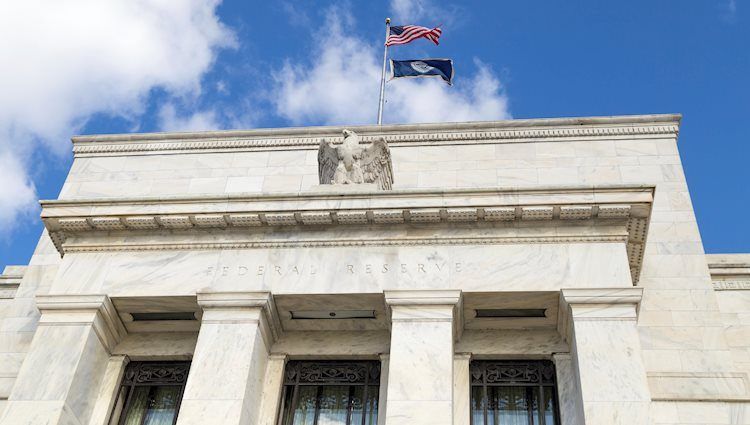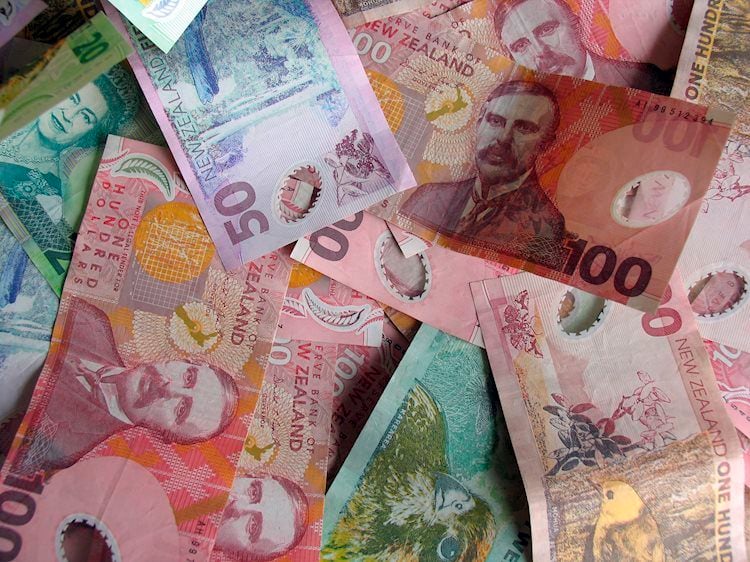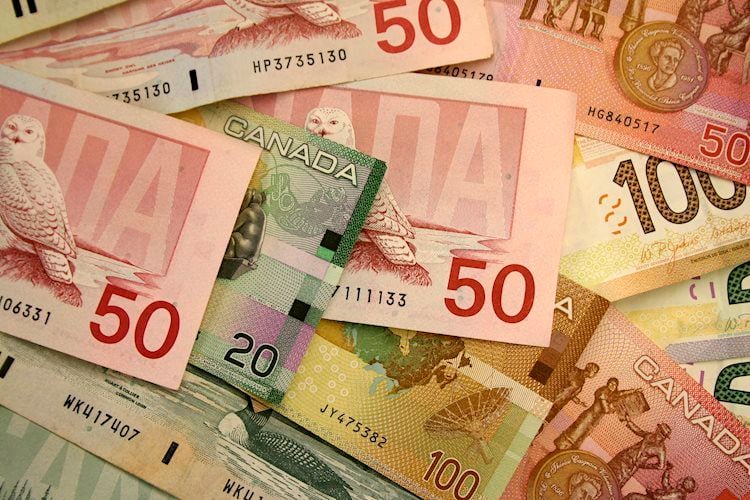The second half is about to begin. Five events should be on your radar, but don’t forget about the bigger picture. Around the turn of the month and the US jobs report this year, the dollar has regularly suffered near-term trend adjustments.
Consider the Dollar Index, which is, admittedly, a flawed indicator. Three days into January, the year’s low was reached. It reached a high in early February and a low two days before the month’s end. The year’s highest point was reached on March 31, after which it fell in April before rebounding by a little more than 1% in late April and early May. Finally, it hit a four-month low in late May before rising in two stages before and after the FOMC meeting in June.
A few of days following the FOMC’s supposedly hawkish surprise, the stock market hit a two-month high. Although price action indicators suggest a new marginal high, the dollar’s upside corrective appears to be well advanced from a technical standpoint. We believe a peak is approaching.
On July 7, the minutes from the most recent FOMC meeting will be issued. The minutes may temper expectations of Fed officials’ hawkishness. The Fed, it appears, spent the least amount of time talking about what the market spends a lot of time talking about: individual members’ economic projections. Indeed, according to one official, there was no discussion about them at the FOMC meeting. Fed chairmen have continuously downplayed the significance of the “dot plot” since its introduction in the aftermath of the Great Financial Crisis.
To avoid being perplexed by the facts, many market participants insist on exaggerating the significance of the Fed’s dots. Many people appear to hear Fed-speak through a prism of dots. It’s a case of putting the wagon ahead of the horse. Chair Powell has consistently stated that the Fed would offer enough warning before tapering, presumably to avoid a repeat of the 2013 taper tantrum. The consensus reached earlier this year is still valid: The Fed will unveil its tapering plans at the Jackson Hold symposium in late August or at the FOMC meeting in September. This is still the case.
The market’s perceptions of the Fed’s rate plan shifted. The December 2022 Eurodollar futures contract implied a 33 basis point yield a few days before the FOMC meeting. Before the end of June, it had risen to about 55 basis points. It finished near 50 basis points last week. When the cash rate is less than 15 basis points, the market discounts rates by around 35 basis points. That’s a whole 25 basis point increase and 40% of a second move. This appears to be extremely aggressive, and the minutes are unlikely to back it up. If market perceptions change, it might help bring the recent dollar recovery to a close.
Another central bank will be in the spotlight. The Reserve Bank of Australia’s meeting ends on July 6 at 8:00 a.m. The crucial question is whether the RBA’s efforts to normalize policy would be derailed by the new lockdowns in the face of the Delta mutation, which affects an estimated 80% of the population. In its version of yield curve control, the RBA is unlikely to extend the 3-year yield goal to the November 2024 bond. This appears to be low-hanging fruit that would likely be free.
The other decision concerns its bond-buying program, which will last until September. It appears improbable that it will come to a total halt. Instead, reducing the purchase to A$50 billion with the goal of completing it by the end of the year seems reasonable. Governor Lowe, on the other hand, may go against the market, which has priced in a rate hike in the first half of next year, to match the apparent less accommodative attitude. This could be an understatement of the market’s aggressive tightening. Consider the yield on a three-month T-bill, which is at three basis points. Last Monday, the implied yield on December 2022 T-bill futures hit 50 basis points.
In late February, the Australian dollar reached a three-year high, barely above $0.8000. However, it dropped to fresh lows for the year under $0.7475 just after the FOMC meeting last month. At the conclusion of last week, it fell to $0.7445 before rebounding higher. The RBA cannot be pleased with recent price movements. On a trade-weighted basis, the Australian dollar has depreciated by little more than 4% in the last four months after soaring by 30% to its highest level since early 2018.
The Bank of Canada’s next meeting isn’t until July 14th. The employment report on July 9th, on the other hand, is the week’s third major event. Remember that the Bank of Canada surprised everyone with a hawkish surprise at its April 21 meeting? In contrast to the Federal Reserve, it declared that it will reduce its bond purchases (from C$4 billion per week to C$3 billion per week). It plainly announced its willingness to reduce accommodation, unlike last year, when it lowered purchases from C$5 billion while maintaining the same level of stimulus by extending the period.
Governor Macklem also pushed back the time frame for when the economic slack is expected to be absorbed to the second half of next year. This was interpreted by the market as implying that a rate hike before the end of 2022 was likely. The December 2022 BA futures implied a yield of roughly 95 basis points on the eve of the April meeting. It fluctuated in May before rising dramatically after the FOMC meeting. It has been trading in a range of 1.17 percent to 1.23 percent since the end of June, and it concluded last week at the lower end of that range.
In April and May, employment in Canada dropped. In the last two months, full-time jobs have dropped by over 145k. The Bank of Canada convened soon after the May employment data and appeared unconcerned about it. The question is whether a third job loss in a row would cause officials to think twice. Even in the best of times, Canadian job figures can be erratic. Since 2014, however, it has not lost employees for three months in a row. A stronger jobs data would likely put an end to the market’s discussion ahead of the Bank of Canada’s July 14 meeting. Despite the downturn, the traditional macro drivers of the exchange rate: interest rate differentials (proxy: two-year swap rates), risk appetites (proxy: S&P 500), and commodities (proxy: oil) continue to support the Canadian dollar.
The fourth macro event attracting market attention is China’s inflation data, which will be released early on July 9 in Beijing. Consumer inflation in China has been considered to be low. Food prices aren’t quite as high as they were a year ago. Food costs had grown 10.6 percent in the previous 12 months as of May, and had reached a high of 13.2 percent in July. Food prices had stabilized in May 2021, and were up 0.3 percent year over year. From July 2020 to February 2021, non-food prices were unchanged or negative year over year. They were 1.6 percent higher than a year ago in May.
In the three months leading up to May, headline consumer prices fell month over month. The monthly drop has averaged a little more than 0.3 percent. Price also declined in the three months leading up to May 2020, with an average monthly decline of over 1%. Prices fell by 0.1 percent in June of last year. A little price increase in June 2021 could have a significant impact. In May, the year-over-year rate was 1.3 percent, and it is expected to have grown to roughly 1.5 percent. Next year, the headline CPI is predicted to grow by more than 2%.
Producer prices have been a source of concern. In the year leading up to May, it increased by 9%. Producer prices appeared to have peaked even before China sold some industrial metals from its strategic reserves and made other attempts to stop the price rise. The official June manufacturing PMI plummeted 9.2 points to a one-year low in the output price component.
For a variety of reasons, China’s consumer prices have little impact on US CPI, but note that housing and medical services, education, and recreation are all essentially domestically driven prices that normally drive CPI. The correlation (of differences) has been less than 0.15 during the last five years. China’s producer prices and the US CPI have a stronger relationship.
Between late 2008 and late 2013, the correlation (of disparities) between Chinese producer pricing and American consumer prices was north of 0.60. It is not steady, and by the end of 2014, it had fallen below 0.20. The correlation has tightened once more, approaching 0.55. Americans, like other high-income consumers, spend a greater proportion of their money on services than on commodities. Even regularly purchased manufactured goods, such as computers, telephones, apparel, and footwear, do not require a lot of raw materials. A slowdown in China’s PPI may not lead to a drop in inflation expectations in the United States. This is a hypothesis that will be investigated further.
Finally, the G20 conference on July 9-10 is crucial. The G7 backed, and the OECD supports, the US plan to establish a 15% minimum corporate tax, and agreed in principle to ensure that the world’s top corporations pay more taxes in the nations where their sales are made. It also wants a border adjustment tax, which would allow importing countries to tax commodities with a high carbon footprint.
Even if a preliminary deal was purportedly struck last week, three aspects must be recognized before thinking about the outcome of the G20 summit. First, it is unclear whether the agreement will be ratified by a two-thirds majority in the US Senate. Several Republican senators have publicly expressed their displeasure with the bill. Senators from both parties have expressed concern. If a global agreement is not reached, the Biden administration is concerned that its proposed corporation tax hike may encourage additional businesses to book profits in tax havens.
Second, Ireland and Bermuda, both of which have low tax rates and hence attract businesses ranging from hedge funds and insurance companies to pharmaceutical and technology industries, are refusing to invest. Hungary, Estonia, Nigeria, Kenya, and Peru are among those that object.
Third, it appears that the United Kingdom has already won a special exception for its financial sector. The United Kingdom appeared to be persuasive in its argument that regulations require banks to be capitated./n





